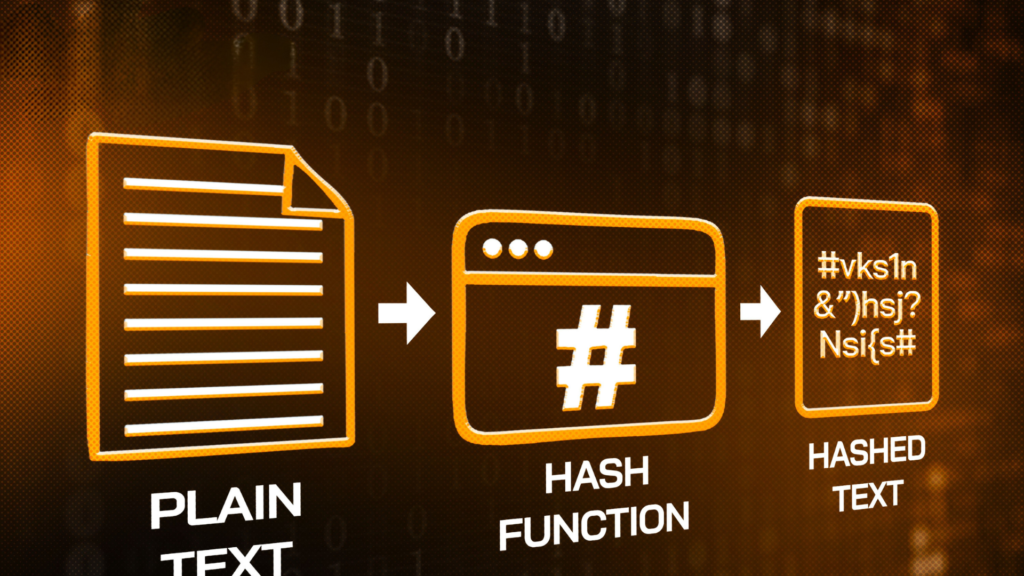In this article, Coin98 Insights explores what Merkle Tree technology is and its importance in blockchain.

What is a Merkle Tree?
A Merkle Tree is a data structure used in computer science applications. It is a mathematical structure formed from the hashes of different blocks of data, summarizing all the transactions within a block.
Merkle Trees also allow for fast, secure, and consistent content verification across large datasets.
In Bitcoin and other cryptocurrencies, Merkle Trees are used to encrypt blockchain data more efficiently and securely. This is because the Merkle Tree structure provides an easily accessible record of the transactions in a block.
Therefore, it is simple to verify whether the data in a block has been altered or tampered with. This is true because any change to a transaction (or any other related data) in the Merkle Tree will result in a completely different corresponding Merkle root.
How a Merkle Tree Works
Here is a simple example to help you visualize how a Merkle Tree works:
Block xyz has A, B, C, and D as four transactions, all performed on the same block. Each transaction is then hashed as follows:
- Hash A
- Hash B
- Hash C
- Hash D
The hashes are paired together, resulting in:
- Hash AB
- Hash CD
And so, the Merkle Tree of the block is formed by combining these two hashes – hash ABCD. This final hash value is called the Merkle root, and it provides a summary of all the transactions contained within a block.
In reality, Merkle Trees are much more complex (especially when each transaction ID is 64 characters long). However, this example gives you a general overview of how the algorithms work and why they are effective in verifying data consistency in blockchain.
In short, a Merkle Tree is created by dividing data into parts, which are then hashed multiple times to form a Merkle Root. Users can then efficiently verify if there are any issues with any part of the data.
Why are Merkle Trees Necessary for Blockchain Development?
As mentioned at the beginning of this article, a Merkle Tree is formed from the hashes of different blocks of data, summarizing all transactions within a block. This allows Merkle Trees to enable fast and secure content verification across large datasets and verify data consistency.
Imagine if Bitcoin didn’t use Merkle Trees. Every node on the network would have to keep a complete copy of every Bitcoin transaction ever made. You can imagine the enormous amount of information that would entail. Merkle Trees are a solution to this problem. They separate the proof data from the original data itself, thereby reducing the amount of information that must be stored on the blockchain.
Benefits of Merkle Trees in Blockchain
Merkle Trees have many different uses. In this article, I will focus on the importance of this structure for blockchains. Merkle Trees are very important for Bitcoin and many other cryptocurrencies.
Merkle Trees offer four significant advantages:
- Data integrity verification: Merkle Trees can be used to efficiently verify data integrity.
- Low storage space: When a cryptocurrency transaction is performed using a Merkle Tree structure, it is hashed, and then an equivalent hash value is generated. After each transaction is hashed in the Merkle Tree, the generated hash values are paired with another hash value and then hashed again. Compared to other data structures, the Merkle Tree structure takes up very little storage space.
- Data is organized and structured for easy verification: The Merkle Tree can be divided into small data parts for verification. Hash values ‘AB’ and ‘AC’ are combined to create ‘ABC’. This process of pairing hash values is repeated until the final hash value is generated. The final hash value provides a summary of all transactions contained in the block.
- Efficient verification: The efficient data format and data integrity verification only take a few minutes.
Summary
Merkle Tree technology is very useful in a variety of computer science applications, especially in the field of blockchain. In distributed systems, Merkle Trees allow for easy verification of information without flooding the network with unnecessary data. Without Merkle Trees and Merkle roots, Bitcoin and the blocks of other cryptocurrencies would be difficult to keep compact as they are today
Read more: If you need a product to assist with tax issues and portfolio management in crypto, check out CoinLedger

